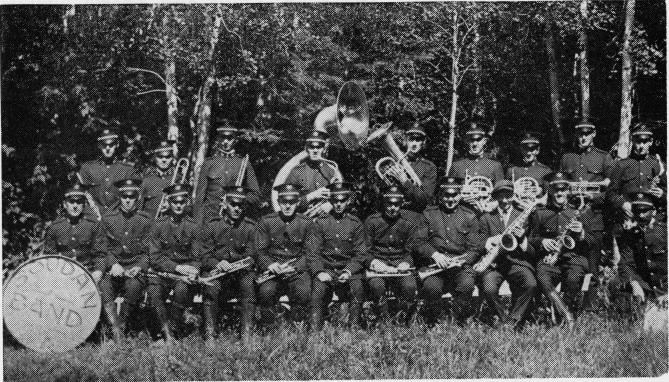Prohibition became law, many Finns, like so many Americans, left the temperance movement, convinced that their mission was completed. In the early 1920s the number of Finnish temperance societies was but a fraction of what it had been, and membership must have dropped to below a thousand persons. During the later years of Prohibition, however, there was somewhat more interest again, but in the 1930s and the 1940s the movement never regained the strength it had once possessed, and after World War II the

Soudan's Finnish Band.
whole Finnish temperance movement was but history: in Minnesota there were only 6 local chapters `active' in 1953, and in the case of some of them even the term `active' had to be taken with a grain of salt.
It is difficult to say how effective the Finnish temperance societies have been in keeping their immigrants on the straight and narrow path, but in the early decades of their existence they certainly formed the arena in which budding cultural activities were brought forth and produced the social environment in which newcomers in a strange environment could find solace in their loneliness.
Soudan and Ely
To return to the portrayal of the role of the Finns in Soudan, the temperance society in this community experienced all the phases of the movement's existence, passed through the period of its greatest glory with the holding of many successful annual
366